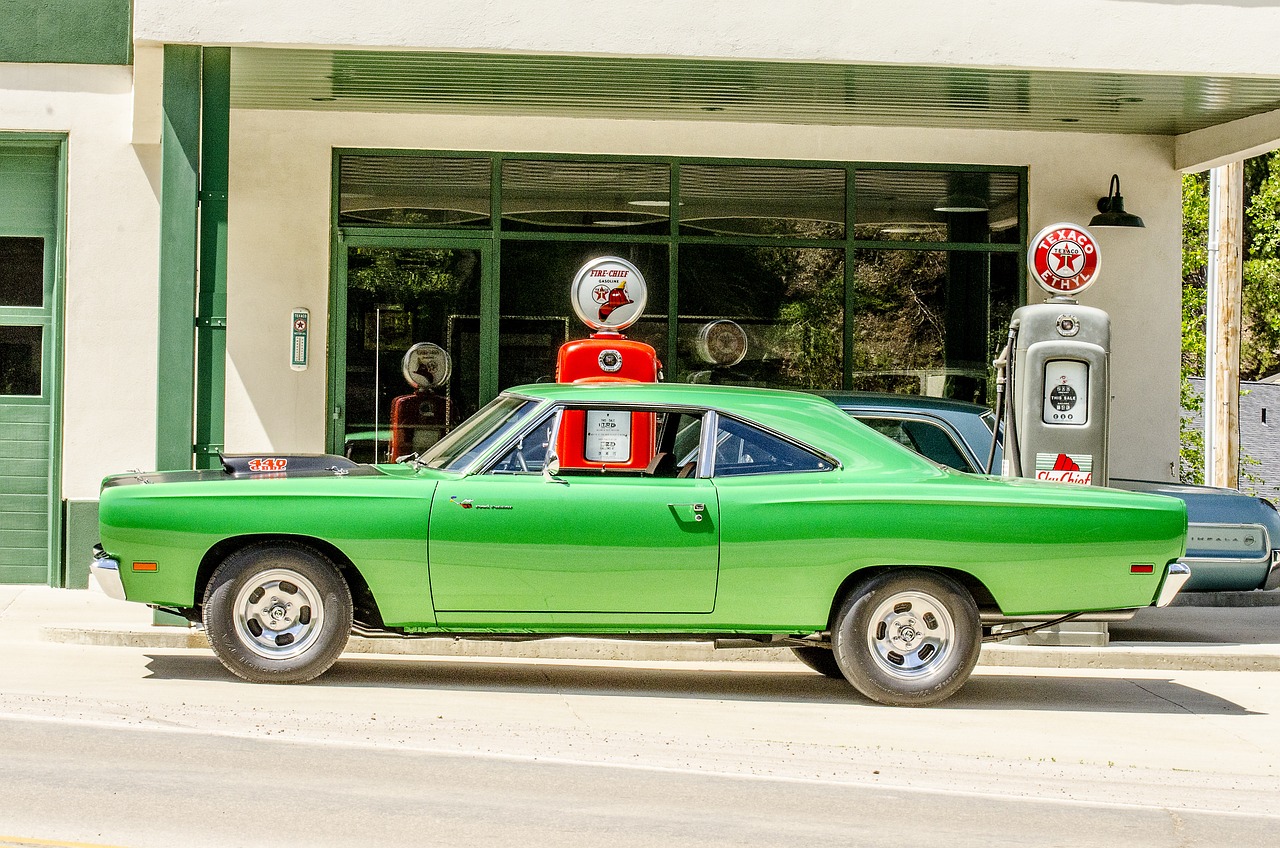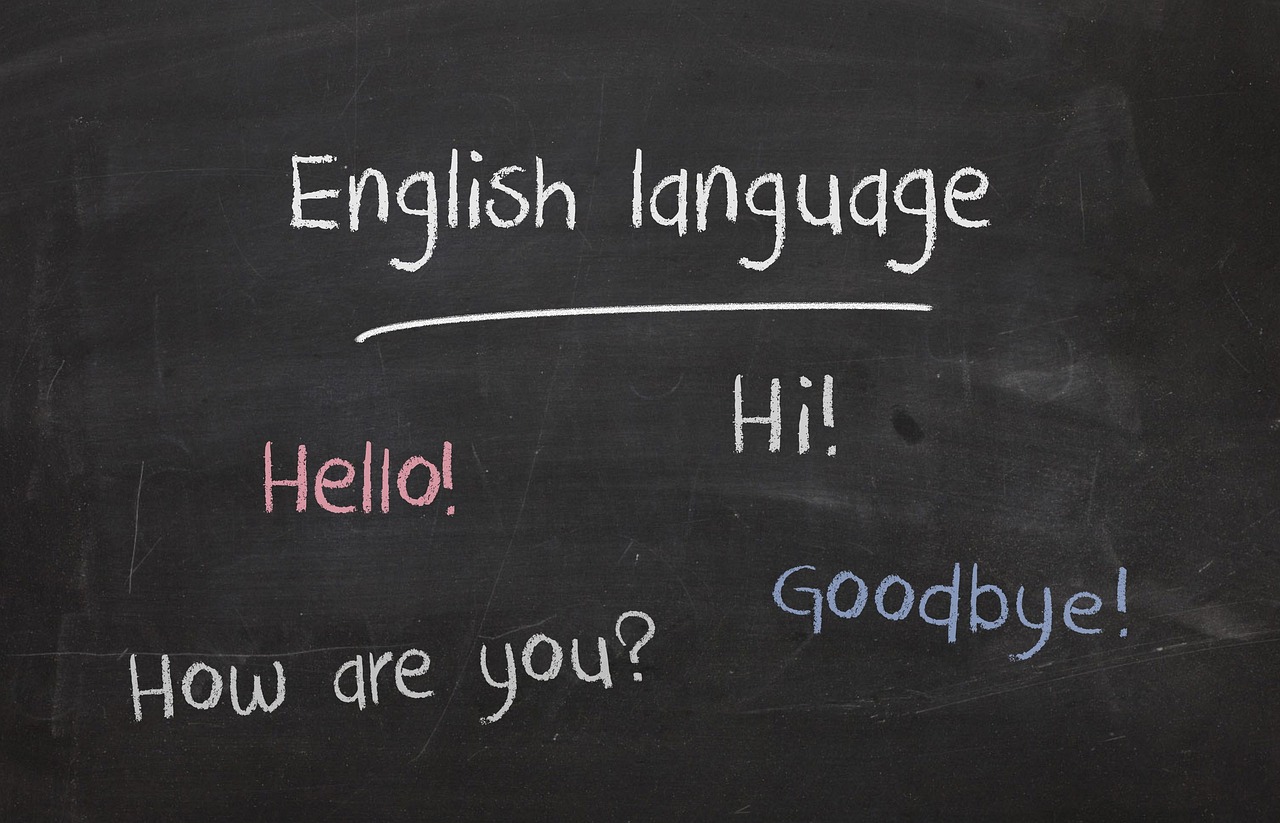The verb “to be” is one of the most fundamental and versatile verbs in English.
It’s used to describe states of being, identity, qualities, and existence. Here’s a breakdown of its various uses:
- Identity:
- Basic identity: “I am John.”
- Occupation: “He is a doctor.”
- Nationality: “She is American.”
- Origin: “They are from France.”
- Membership: “We are members of the club.”
- Description:
- Physical appearance: “She is tall.”
- Personality traits: “He is friendly.”
- Conditions: “The weather is cold.”
- Location and Existence:
- Location: “The book is on the table.”
- Existence: “There is a problem.”
- Auxiliary Verb:
- Continuous tense: “They are watching TV.”
- Passive voice: “The house was built last year.”
- Equation:
- Equating two things: “The cat is an animal.”
- Time and Date:
- Time: “It is 3 o’clock.”
- Date: “Today is Monday.”
Remember, “to be” conjugates differently depending on the subject and tense:
- Present: am, is, are
- Past: was, were
- Future: will be
Practice using “to be” in various contexts to become comfortable with its different forms and uses.
Here’s a breakdown:
What it does:
- Acts as a main verb to describe states or qualities of someone or something. This can be things like profession, identity, age, or location.
- Also works with other verbs to form the continuous tense (e.g., I am eating, she was walking).
Different forms:
- Unlike most verbs, “to be” has different forms depending on the subject (you, I, they, etc.) and tense (past, present, future).
- In the present tense, it uses “am,” “is,” and “are.” (I am happy, the book is on the table, We are going home).
- Past tense uses “was” and “were” (I was tired, they were here yesterday).
- Future tense uses “will be” (She will be late, it will be sunny tomorrow).
Tricky bits:
- “To be” can also mean “exist” but this usage is less common.
- Be careful not to confuse it with verbs like “seem” or “appear” which describe how something seems rather than what it actually is.
Present simple – verb ‘to be’
We can use the present simple of the verb to be to talk about situations and states in the present.
I am twenty years old.
They are spanish.
My mum is a dentist.
How to use it
Use am for I. Use is for he, she, and it. Use are for you, we and they. We can contract the verb, especially when we’re speaking.
I am tall = I’m tall
You are my friend = You’re my friend
My mum is a dentist. = My mum’s a dentist
We are doctors = We’re doctors
They are Egyptian = They’re Egyptian
For negatives, use not
I am not ten years old! = I’m not ten years old!
She is not a teacher = She’s not a teacher = She isn’t a teacher
They are not English = They’re not English = They aren’t English
For questions, change the order of am, is or are and the person.
Are you Mexican? Yes, I am.
Are they students? No, they’re not.
Where is your mother?



